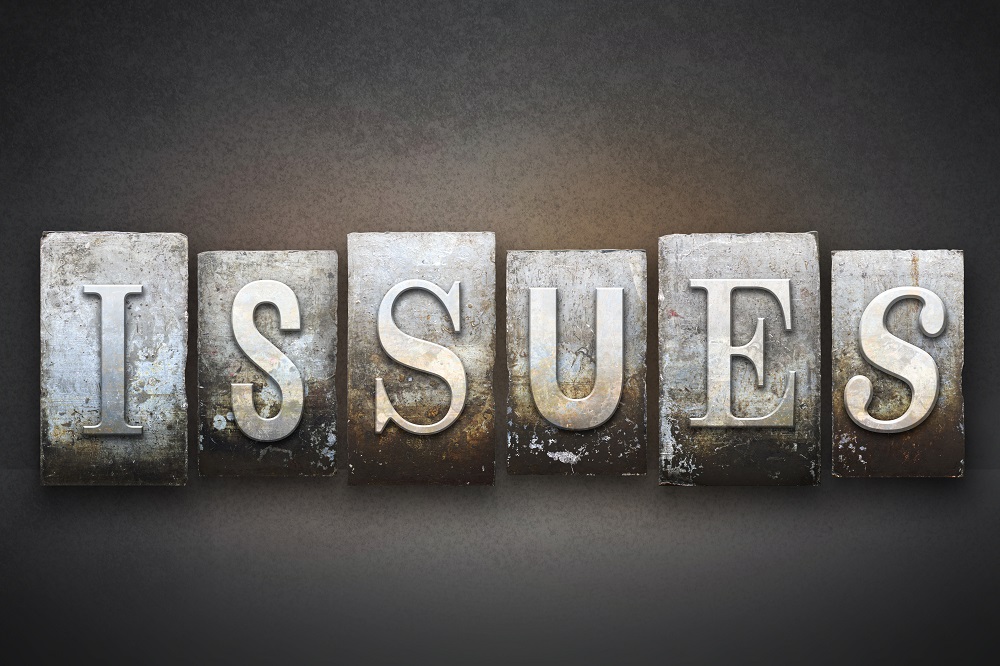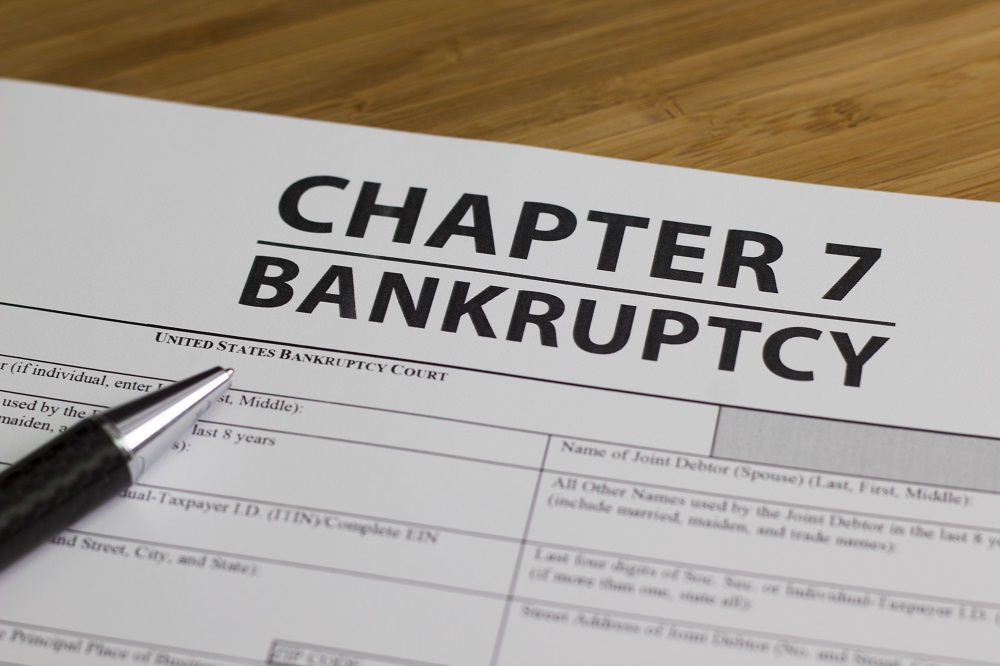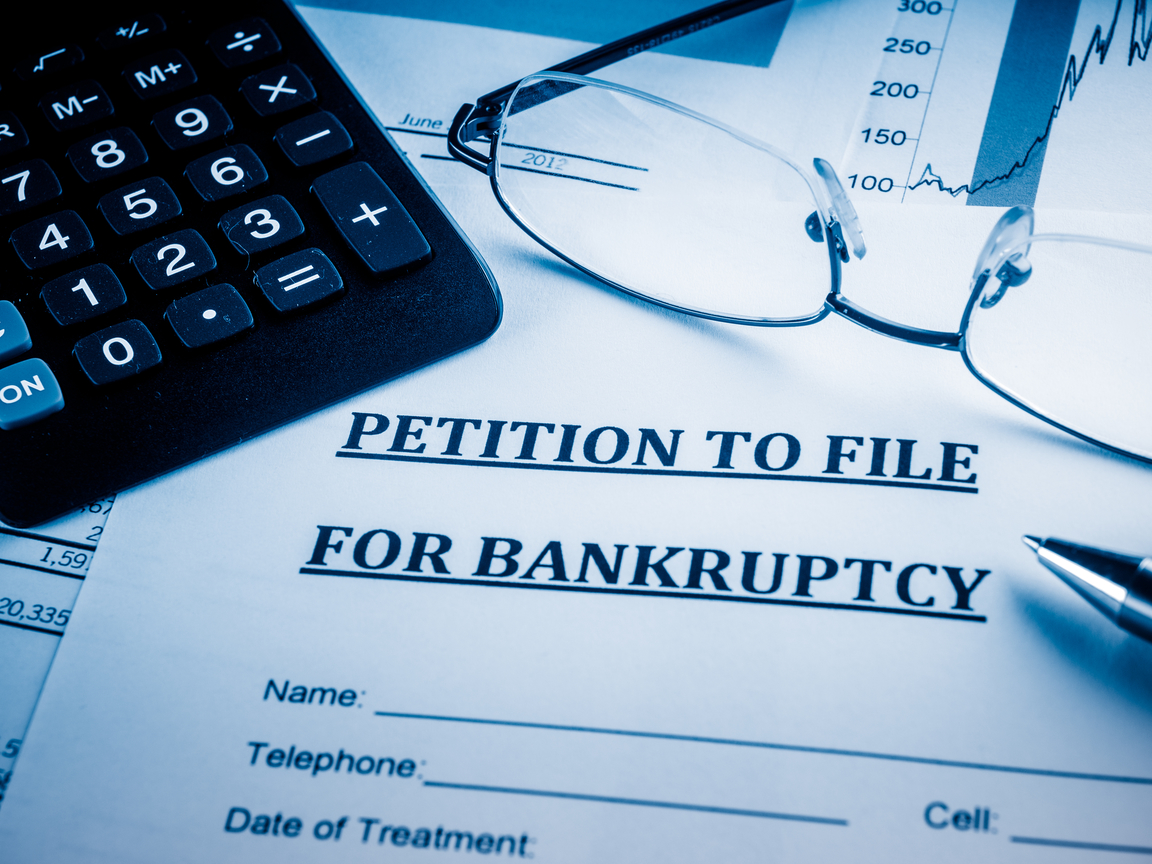What Will Happen to My Savings Account in Bankruptcy?
Addressing misconceptions is very important before a bankruptcy filing. Many people, for example, have no clear idea about what will happen to their savings account in bankruptcy. The type of bankruptcy (whether Chapter 7 or Chapter 13) will be determining when it comes to the fate of savings. While people who file Chapter 13 bankruptcy have no reason to worry, the situation isn’t the same for those who have filed under Chapter 7.
Chapter 7 and 13 Bankruptcies and Their Effect on Savings
Under an Arizona Chapter 13 bankruptcy filing, debtors are allowed to keep their bank accounts and the funds in excess of the allowed exemption. The only condition is for the amount to be worked into the repayment plan. As long as the debtor is capable of keeping up with the required payments to creditors, there will be no reason to worry.
While this is the general rule, there could be some exceptions.
If the debtor owes money to the bank in which the savings are deposited at the time of filing, the bank may eventually freeze the assets. It will be up to a judge to determine whether such funds are to be released to the debtor.
Things are a bit more complicated as far as a Chapter 7 bankruptcy is concerned.
A savings account will not be frozen, garnished or closed down upon filing Chapter 7 bankruptcy. The trustee, however, will be taking over non-exempt assets. The purpose is to pay as much of the accumulated debt as possible. Funds in a bank account that cannot be exempted will be used for the purpose of debt payment.
When the debtor owes money to the bank where the savings are held, the same rules will apply as in the case of a Chapter 13 filing. The financial institution will have the right to freeze the account or set off the debt against any bank account money you have with them.
Your Bank Account and Arizona Bankruptcy
In Arizona, a person can have up to 300 dollars in their checking and savings account. This is the exempt amount for a single individual. Married couples can have up to 600 dollars of exempt savings in their bank account. See A.R.S. § 33–1126(A)(9).
Anyone who is filing Chapter 7 bankruptcy will be asked to “hand over” the excess amount in the hands of the bankruptcy trustee.
This rule applies to the period before and during the filing. After the bankruptcy is finalized, a person can deposit money in a bank account without worrying about these funds eventually being distributed among creditors.
In this situation, some will say that withdrawing the savings from the bank account is the best way to address the problem. Unfortunately, protecting savings in a bankruptcy filing isn’t this easy.
 Cashing out savings before filing bankruptcy is the worst thing you could do. Whenever money is withdrawn for the purpose of being concealed from the bankruptcy trustee, the respective person will be committing an act of fraud. The penalties for bankruptcy fraud can be severe. In the best case scenario, the bankruptcy discharge will become impossible. In the worst case scenario, the individual will be subjected to criminal prosecution.
Cashing out savings before filing bankruptcy is the worst thing you could do. Whenever money is withdrawn for the purpose of being concealed from the bankruptcy trustee, the respective person will be committing an act of fraud. The penalties for bankruptcy fraud can be severe. In the best case scenario, the bankruptcy discharge will become impossible. In the worst case scenario, the individual will be subjected to criminal prosecution.
There is one exception. Before bankruptcy filing, individuals in Arizona are allowed to do a bit of exemption planning (to a reasonable extent). You could take some cash out of your savings account for the purpose of buying essentials. Excessive exemption planning (for example, taking out the money from the bank account to buy an excessive car because it is exempt) could lead to problems down the line. If you’re considering ways to protect your savings account in bankruptcy, you will need to talk to a bankruptcy lawyer to get a better idea about the safe options you could potentially utilize.





